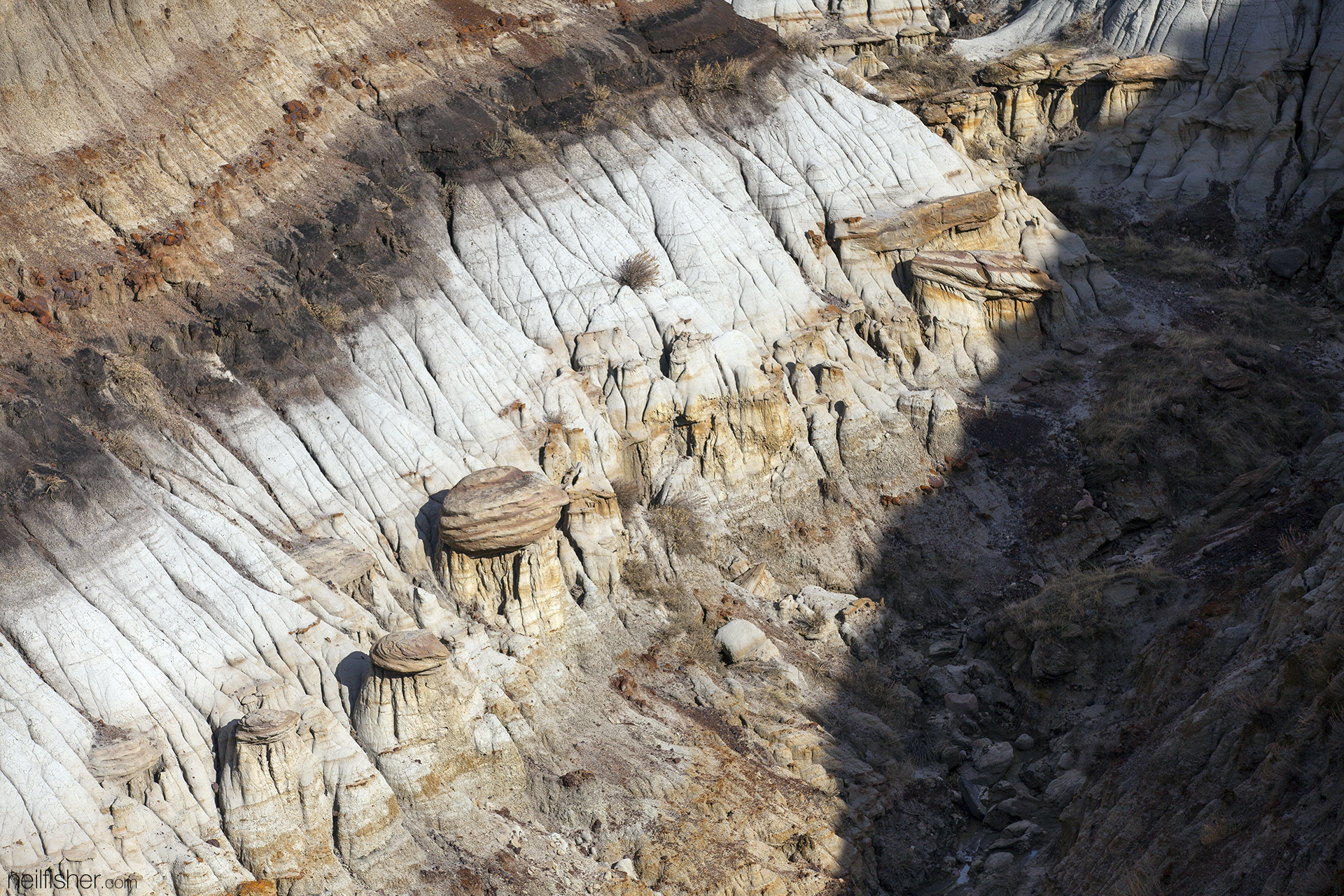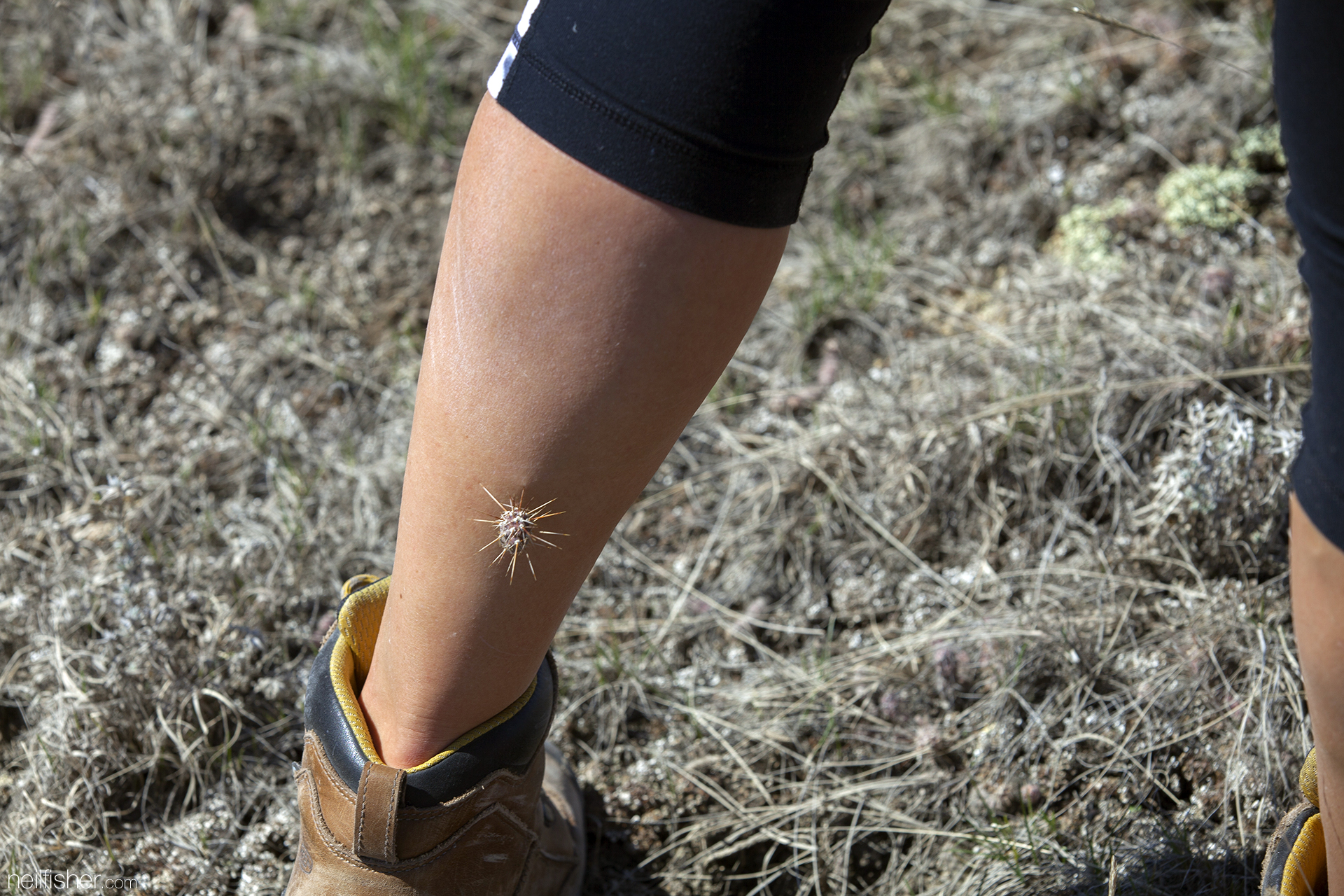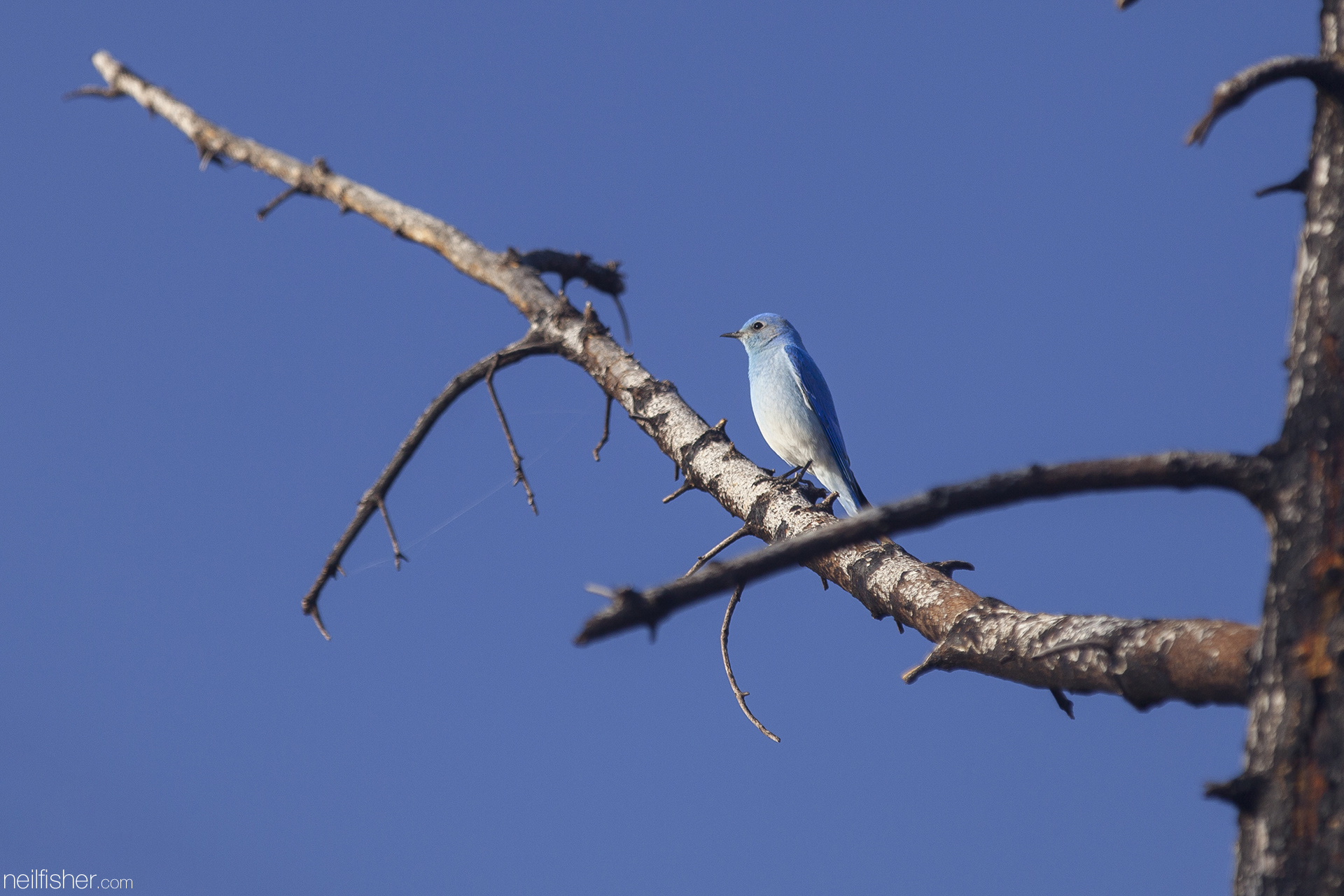The Badlands
If you know of Dr Alan Grant, you should visit Drumheller, Alberta at least once in your life. In Michael Crichton's Jurassic Park, the fictional bad-ass paleontologist is first introduced digging in the Montana badlands. For those dino-die-hards living in Canada, Montana might be rather inaccessible. However, there is an alternative. Drumheller, Alberta is the dinosaur capital of Canada and a giant playground for anyone who enjoys exploring prehistoric landscapes. The Montana and Drumheller badlands are incredibly similar and offer scenery like no other on earth.
There are a few obvious locations to visit in Drumheller. The first of which, and one that is hard to miss, is the world's largest dinosaur. At 25 metres tall the massive dino is 4.5 times larger than a real tyrannosaurus and can be seen from pretty much anywhere in town. The next obvious visit is the Royal Tyrell Museum. The museum is home to 40 amazing dinosaur skeletons, more than 110,000 fossil specimens and has a wicked gift shop ready to gobble up all your saved lunch money. Although not dinosaur themed, another interesting attraction in Drumheller is the Atlas Coal Mine. The national historic site gives visitors a look into Drumheller's vast coal mining history that boomed in the early 1900's.
For those wanting to get their shoes a little dirty there are two spectacular canyons. Horsethief and Horseshoe canyons are huge jungle gyms filled with visual bliss. The in-your-face geology makes for breath taking views that are made even more interesting by what inhabits the canyons. Cactus, flowers, snakes, birds, and big mammals all make the canyons irresistible. Adding to the unique experience of the canyons is the lack of trails, missing interpretive signs helping you differentiate rattle snakes and bullsnakes, and no tour buses unloading at the parking lot.
Apparently the prickly-pear cactus has been on the Mexican and Central American menu for a few thousand years. The pad, otherwise known as the nopale, is prepared in the same manner as traditional vegetables - boiled or grilled. This early in spring the prickly pears are not yet flowering and most remain hidden under the snow flattened tall grass. It would seem that the animals who reside in the canyons are well aware of the hidden cactuses and stick to dried creek beds when travelling. These animal highways aren't always dry and when wet they're perfect for preserving the tracks of every animal that passes over. According to the story telling ability of the tacky mud here: there are plenty of deer frequenting the canyons.
Horseshoe Canyon is the more popular of the two major canyons in the area. Located seventeen kilometres southwest of Drumheller, just off highway 9, it appears to hold a significant amount of water that supports a number of large pine trees. The terrain is relatively forgiving in compassion to Horsethief canyon and may be a better choice for those with only a small amount of time. If you're not into climbing down into the canyon you can always pony up a few dollars and take a helicopter tour - which would be a great way of paying homage to Jurassic Park. Being in the canyon at sunset makes the landscape even more breathtaking, but the minute the sun falls behind the horizon the temperature in the canyon plummets. One final note - yes horseshoe canyon is in fact shaped like a horseshoe.
Horsethief canyon is the second and large canyon in Drumheller. It's roughly ten kilometres northwest of the Royal Tyrell Museum along highway 838. The canyon remains very well hidden until the last possible moment. If you're not paying close attention it's easy to miss the turn off the highway even though the canyon is only a couple of hundred metres from the edge of the road. Don't bother heading into the canyon if it's wet - the clay and sandstone absorb water like a sponge and become incredibly slippery. Horsethief canyon is a window looking back 70 million years into the Cretaceous Period and has been the discovery sight of more than 35 fossilized dino-skeleton. Notable finds include a horned dinosaur called Pachyrhinosaurus and a duck-billed dinosaur called Edmontosaurus. Those who venture far enough into the canyon and do encounter fossils of any kind are asked to leave them where they are and to inform the Royal Tyrell Museum of any sizable finds.
Horsethief canyon provided a rather rare opportunity to see the first steps of fossilization. Typically when animals die they decompose. However, when the conditions are just right the entire animal is fossilized. Found in a deep puddle of mud along a creek bed, this canine is heading in the right direction to become a fossil. The animal still had tissues and fur covering parts of its body and the chances of the remains being buried rather quickly are quite high - perfect for fossiliation. While identifying the species of canine wasn't possible, coyotes and occasionally wolves all live in the area and there were plenty of coyote tracks along the canyon floor.
If you live in the lower mainland, chances are you've travelled along highway 1 between the Portman and Iron Workers Memorial, and you're familiar with a 80kmph construction zone speed limit. Now imagine looking out your driver's side window while doing 80kmph only to see a pronghorn run past you. The pronghorn can reach 86 kmph, making it the fastest animal in North America and second fastest in the world. Both males and females sport unique backward-curving horns that give the animal its name. For someone who is accustomed to seeing mule deer, elk and moose - spotting a pronghorn can be pretty exhilarating.
Dotting the landscape are brightly coloured prairie crocuses. These are risk-taking flowers that bloom so early they're guaranteed the attention of all pollinators. They take the chance of being caught in severe frosts that severely limit seed production. The seeds of the prairie crocus are considered "self planting". A seed is covered in strands that absorb water at differing rates, when wet, the strands of fiber stretch and contract. The combination of stretching and contacting drive the seed downwards past plant litter into any free soil. Along with having smart seeds, the prairie crocus very efficiently utilizes solar heating. The petals of the flower are highly reflective and bounce the sunlight inwards towards the important reproductive stamens and pistils. In fact the temperature in the centre of the crocus can be 10 ⁰C warmer than the surrounding air. It should be no surprise that such an interesting flower is used as Manitoba's provincial flower.
Driving along the boringly straight Tron-like highways of Alberta and Saskatchewan can lead one to believe there isn't anything out there other than cattle and wheat fields. As in the canyons of Drumheller, that remain invisible until you're feet from the edge, there is life in this horizon-dominated landscape if you look hard enough. Any significant amount of standing water can be heard from a few hundred metres. Though it's not the water making noise, it is the vocalizations of hundreds of tiny boreal chorus frogs. Adults barely reach 4 centimetres in length, yet somehow their voice seems to belong to giants. They can be found in pretty much any colour, but always have distinguishing dark stripes running along their sides. It may seem strange to find a large population of frogs in small puddle in the midst of a wheat field, but these versatile animals feel at home pretty much anywhere. Meadows, damp undergrowth, grasslands, forests, and even residential and agricultural areas are perfectly suitable for the boreal chorus frog - provided there's enough water to breed in the early spring.
For all those west coasters who have yet to make their way past the Rocky Mountains fearing that the prairies have little to offer - you are sadly mistaken. The large mammals have few places to hide and are astonishing to see, the geology is better than a time machine, the history is rich and the people are friendly. And for those who can quote word for word Dr Grant's raptor speech in response to the six-foot turkey insult, there should be little doubt in your mind that Drumheller, Alberta is your next vacation.













